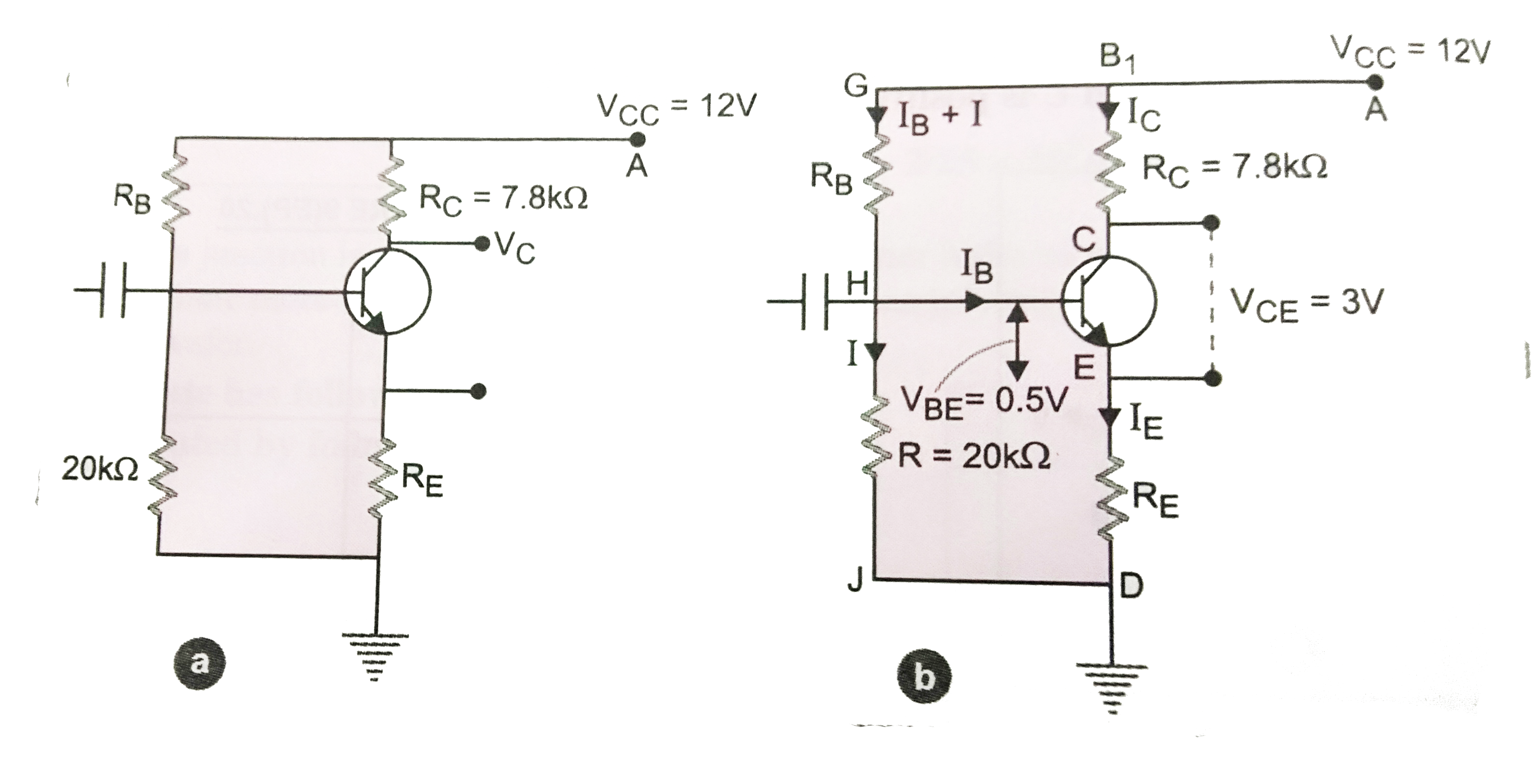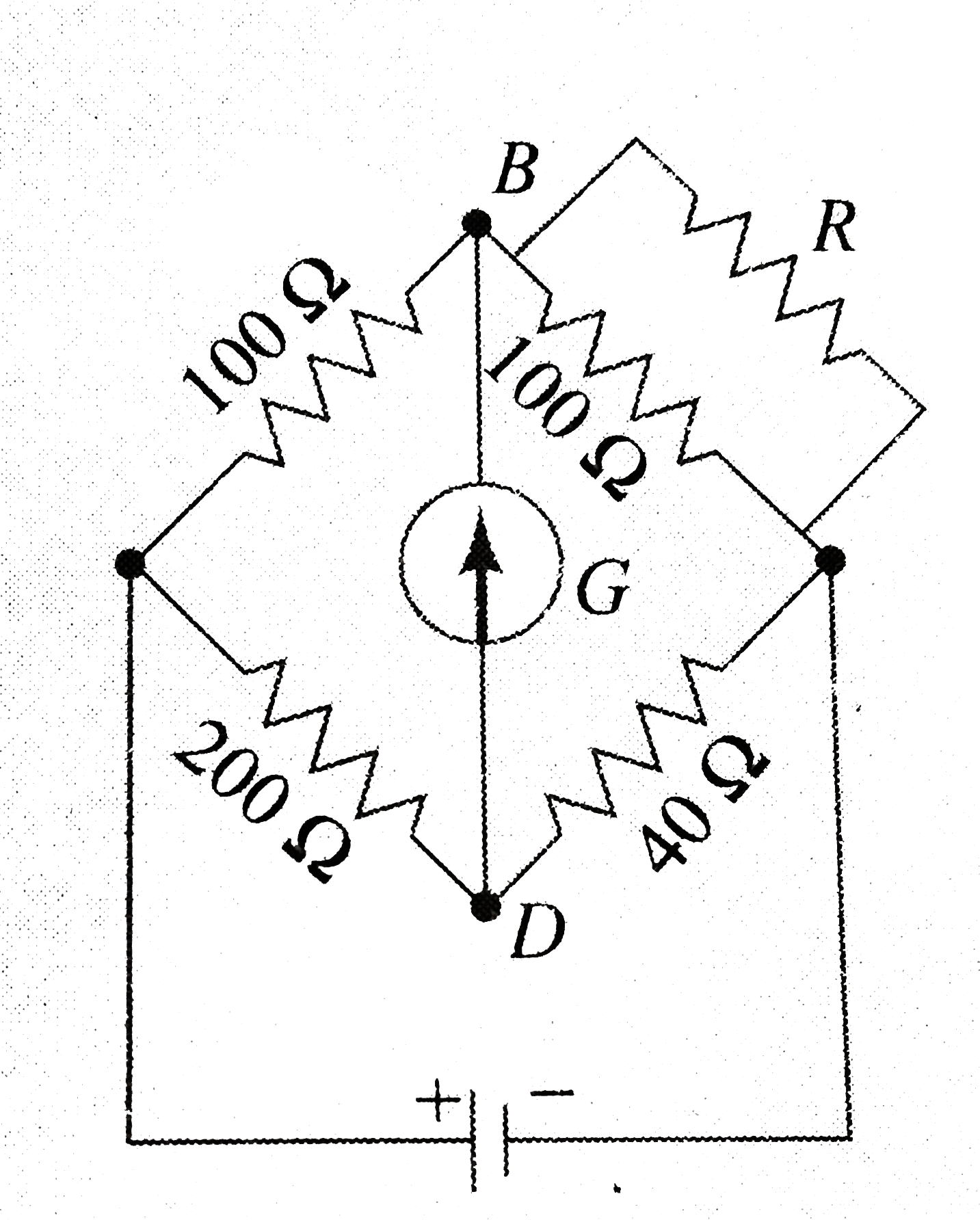Find the total current in the circuits shown in Fig. , , and . Each diode used is ideal
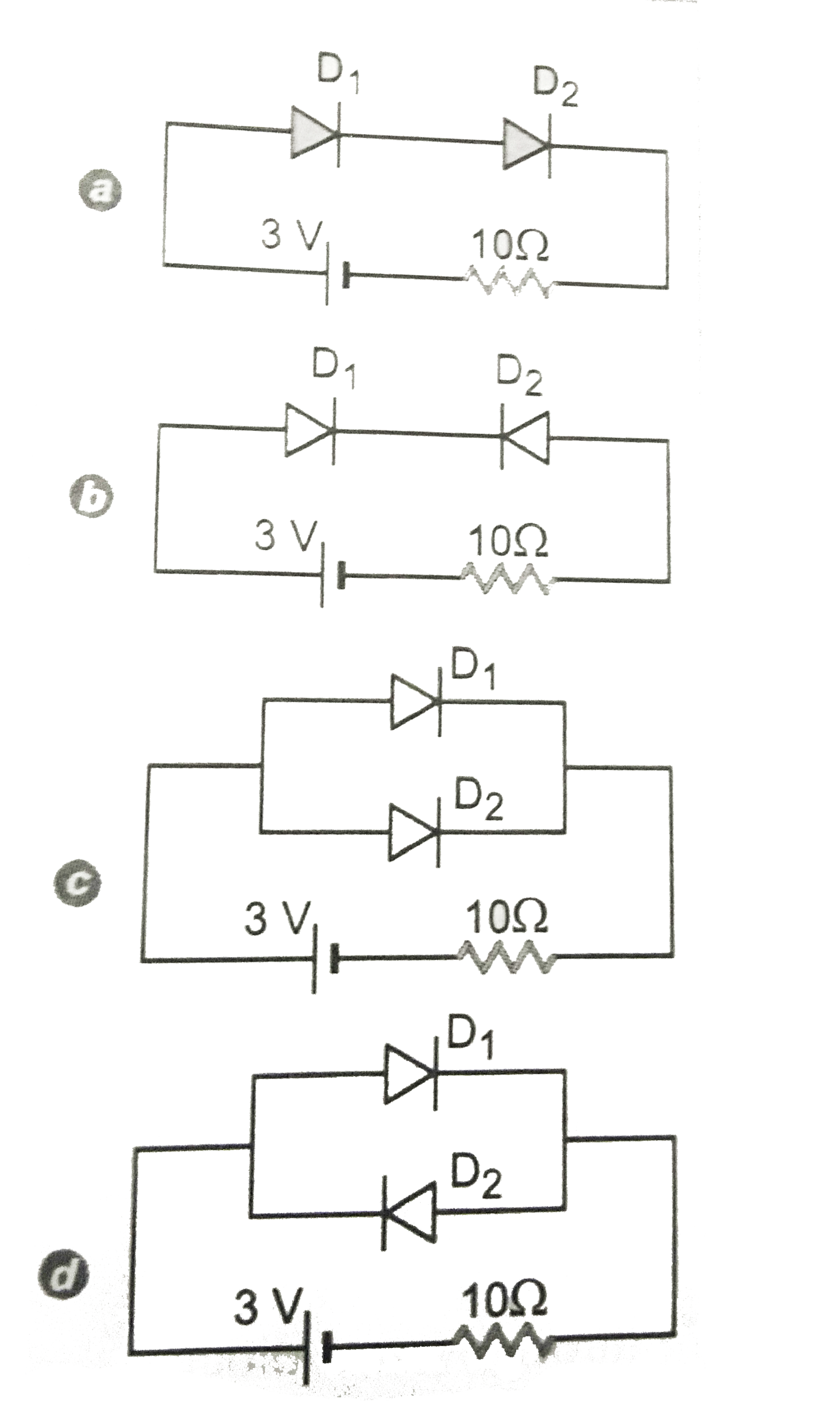
In Fig. , both the diode
D1 and D2 are forward biased. Their effective
resistance in current is zero. Current in circuit is
I=3.010=0.3A
In Fig., diode D1 is forward bias and diode D2 is reverse biased. Resistance due to D2 will be infinity to the current flowing through it. So
Current in the circuit, I=3.010+∞=0
In Fig. , both the diode D1 and D2 are forward biased, Their effective resistance in the circuit is zero. So Current in the circuit is
I=3.010=0.3A
In Fig. , diode D1 is forward biased and diode D2 is reverse biased. No current will flow through D2 as its resistance become infinity being reverse biased. The resistance to current by D1 is zero. The current in the circuit is due to D1 only, which is given by
I=3.010=0.3A
Topper's Solved these Questions
- BOOK - PRADEEPCHAPTER - ELECTRONIC DEVICESEXERCISE - SAMPLE PROBLEM2videos
ELECTRONIC DEVICES
- BOOK - PRADEEPCHAPTER - ELECTRONIC DEVICESEXERCISE - CONCEPTUAL PROBLEMS1videos
ELECTRONIC DEVICES
- BOOK - PRADEEPCHAPTER - ELECTROMAGNETIC WAVESEXERCISE - II Focus multiple choice question5videos
ELECTROMAGNETIC WAVES
- BOOK - PRADEEPCHAPTER - ELECTROSTATICSEXERCISE - ASSERTION-REASON TYPE QUESTIONS2videos
ELECTROSTATICS
Similar Questions
Knowledge Check
- Question 1 - Select One
In the diode circuit shown in figure,
 AD1andD2 are reverse biasedBD1andD2 are forward biasedCD1 is forward biased and D2 is reverse biased.DD1 is reverse biased and D2 is forward biased.
AD1andD2 are reverse biasedBD1andD2 are forward biasedCD1 is forward biased and D2 is reverse biased.DD1 is reverse biased and D2 is forward biased. - Question 2 - Select One
What is the current I in the circuit shown in adjoining Fig. ?
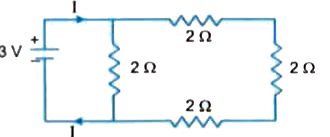 A2AB1.2AC1AD0.5A
A2AB1.2AC1AD0.5A
Find the maximum voltage across AB in the circuit shown in Fig. Assume that diode is ideal.
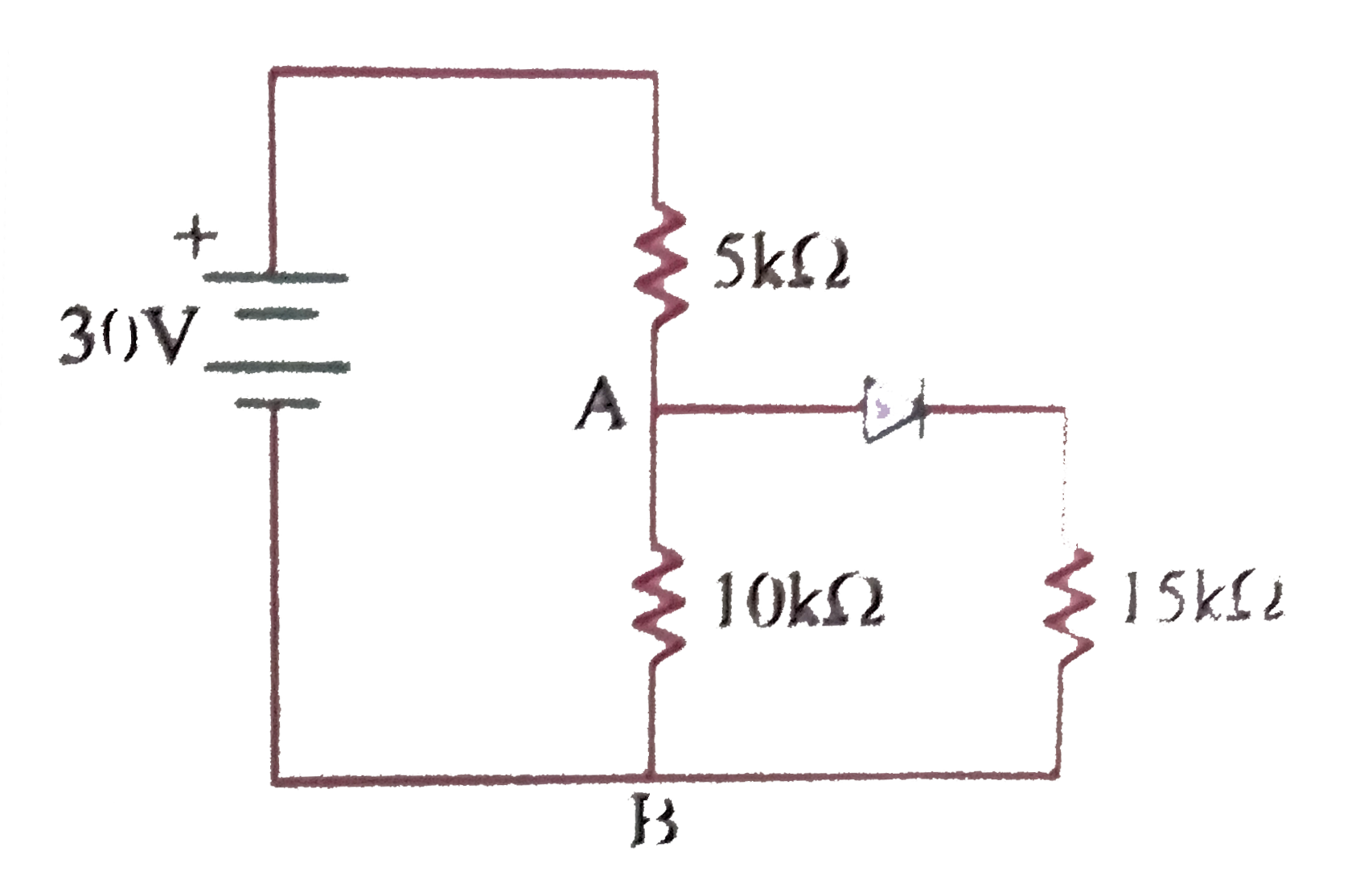 .View Solution
.View SolutionFind the charge of each capacitor in the circuit shown in Fig.
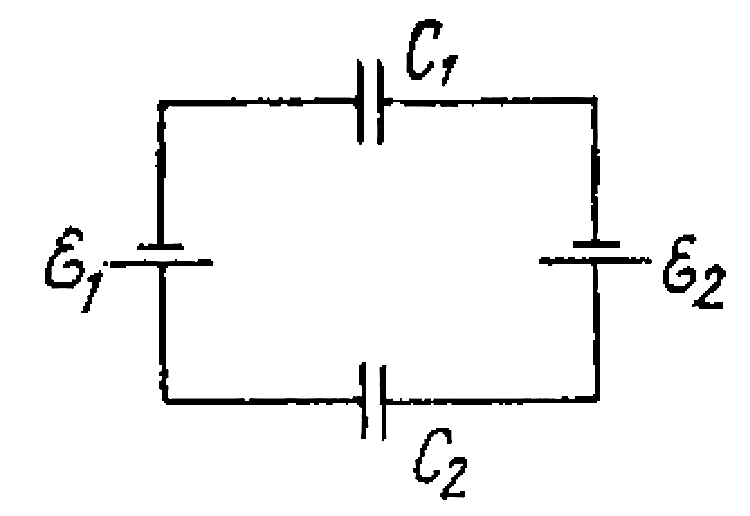 View Solution
View SolutionFind the charge on the capacitor in the circuit shown in fig.
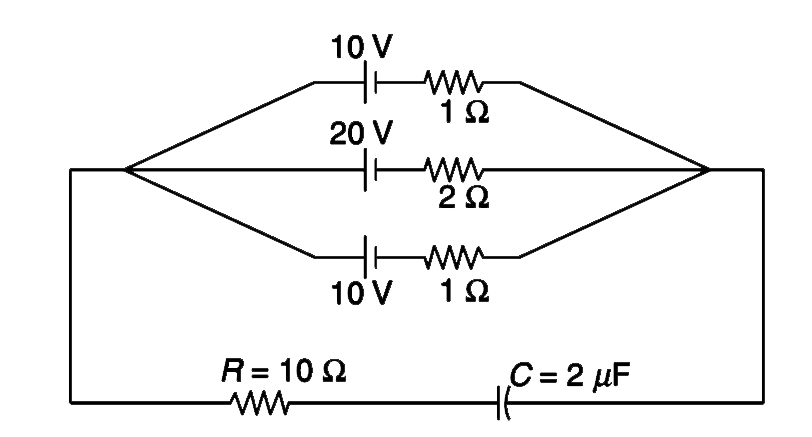 View Solution
View SolutionDetermine the current through the resistancees of the circuit shown in Fig.. The each p-n junction used is ideal one.
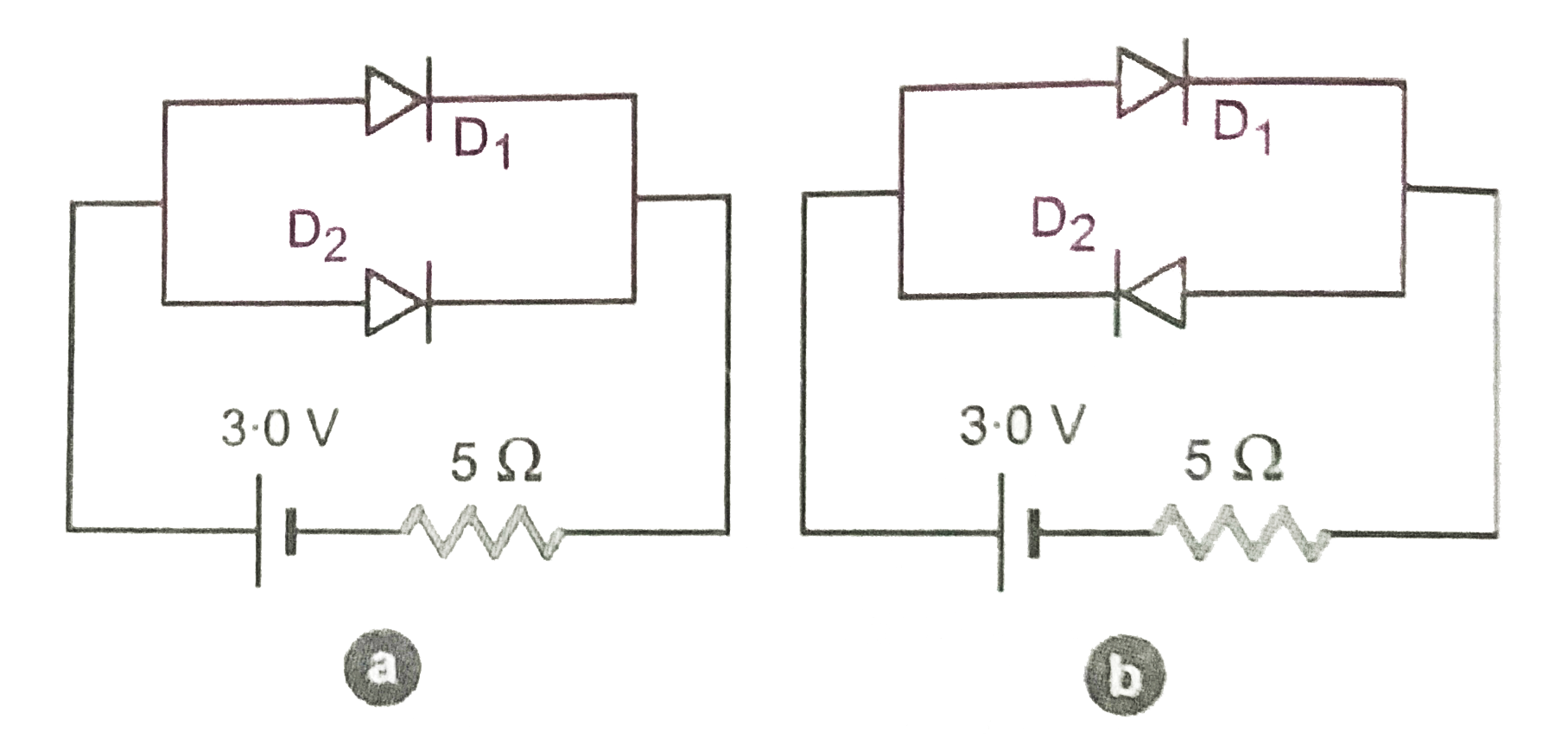 View Solution
View SolutionPlot the vector diagram for currents in the circuit shown in Fig. 36.11 a and find the current in the unbranched section of the circuit. What is the condition for the current in the unbranched section of be a minimum? What is the phase shift between the voltage and the current in general, and at resonance?
 View Solution
View SolutionFind the current in each resistor in the circuit shown below:
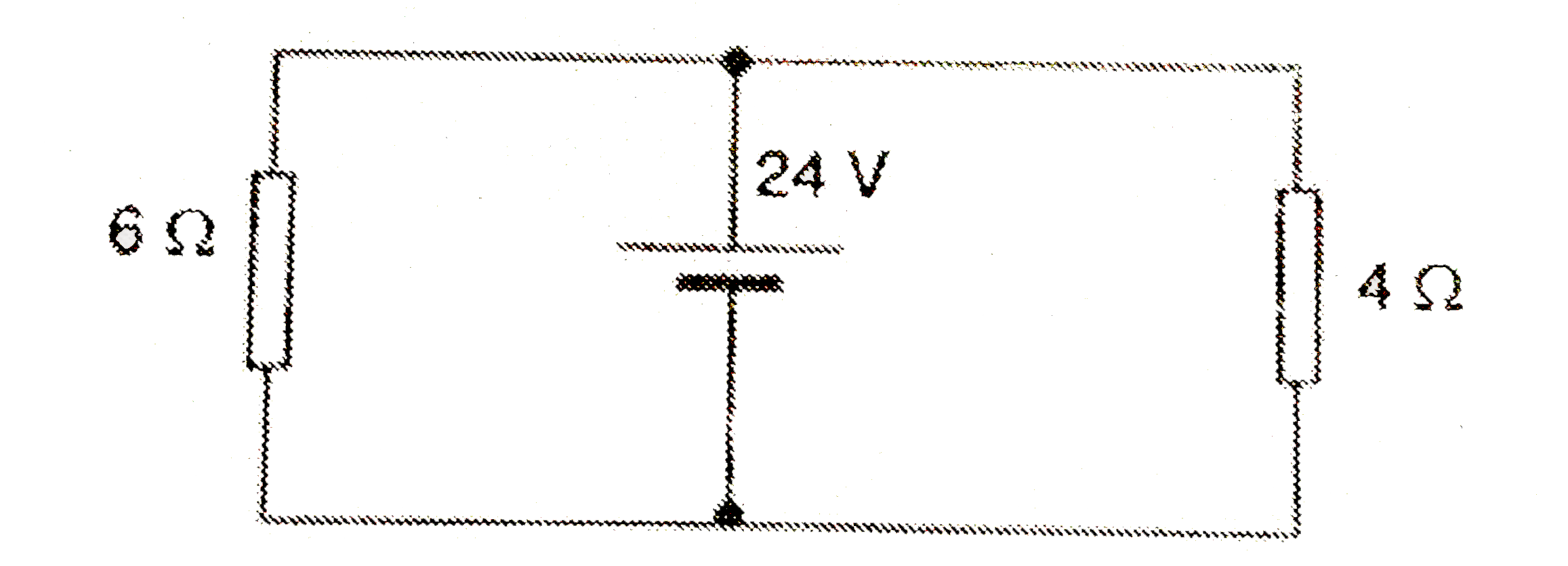 View Solution
View Solution


